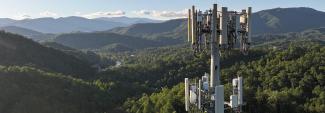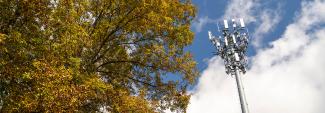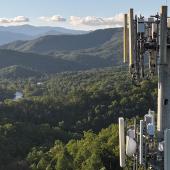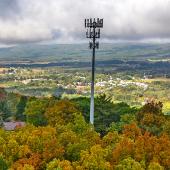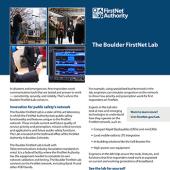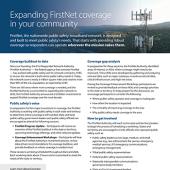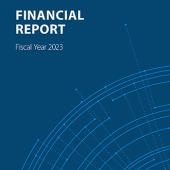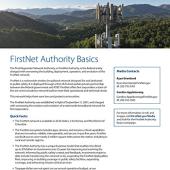This blog is a repost from TribalNet Magazine, originally published in Spring 2021. The original article can be accessed on pages 22-23 here.
For the past year, the National Tribal Emergency Management Council (NTEMC) has served as a critical lifeline to tribal nations battling the coronavirus. Responsible for leading the logistics and distribution of supplies for tribal nations in 35 states, NTEMC and sister non-profit Farmer Frog have delivered 38.5 million pounds of food and $7 million worth of personal protective equipment to tribes across the country.
This nationwide effort has been a massive undertaking for the non-profit, which traditionally helps tribes build sustainable emergency management programs. NTEMC established an incident command center in partnership with Farmer Frog to help manage operations. Tucked just north of Seattle in Woodinville, Washington, the center is situated in a remote area. While the location was considered ideal for serving the tribes, it was problematic in terms of communications.
“In rural America, we do not have communication,” explained Lynda Zambrano, executive director of NTEMC. “When we initially set up our incident command, we had no phone connectivity. We had no internet connectivity. We had no way of sending data or photos. And unfortunately, many of our tribal nations had no way of contacting us to let us know what they needed.”
Connecting tribal nations to the resources they need
Knowing communications were going to be vital to the success of their work, NTEMC turned to FirstNet for help. A FirstNet SatCOLT (satellite cell on light truck) portable cell site was deployed to Woodinville to provide NTEMC with the coverage they needed.
Zambrano noted, “We made a simple phone call to AT&T FirstNet to request a deployable and within 24 hours they established communications for us. We were able to start communicating with our most critical partners — our first responders, our management team, and those working to distribute resources — to respond to COVID-19.”
Tribes across the country have been hit hard by the pandemic, and many have been unable to communicate their needs as infrastructure is lacking near some reservations. Navajo Nation is the largest tribal reservation in the nation and has had one of the highest infection rates per capita. When they struggled to communicate their needs, Navajo Nation worked with FirstNet to deploy a SatCOLT to the Navajo Nation and bring them that critical connectivity.
“By establishing communications with Navajo Nation, they were able to get that information directly to us, expediting our ability to respond and address their needs much more quickly,” said Lynda Zambrano. “We know that when it comes to saving lives, time matters. By establishing these lines of communication early, we were able to start deploying resources to help save people’s lives.”
Expanding coverage in rural areas
We continue to see firsthand how FirstNet deployables provide life-saving connections to rural, remote regions of the country. That’s why last year the FirstNet Authority Board approved over $200 million in investments to expand the FirstNet fleet of deployables and upgrade the network.
The FirstNet network continues to grow and today boasts more than 2.71 million square miles of coverage. We continue to work closely with tribal communities to understand their coverage needs, which is resulting in new, purpose-built sites on tribal lands such as the Nez Perce Reservation in Idaho, the Standing Rock Reservation located in North and South Dakota, and the Oglala Sioux Tribe’s Pine Ridge Reservation in Southwest South Dakota.
For more information about participating in a FirstNet Authority engagement or to request a tribal consultation, email the tribal team directly at tribalconsultation@firstnet.gov.



